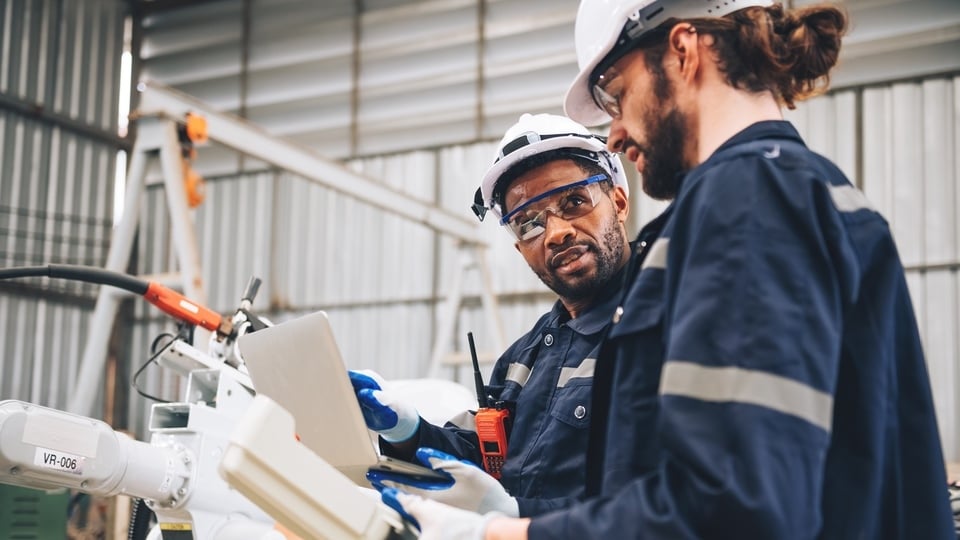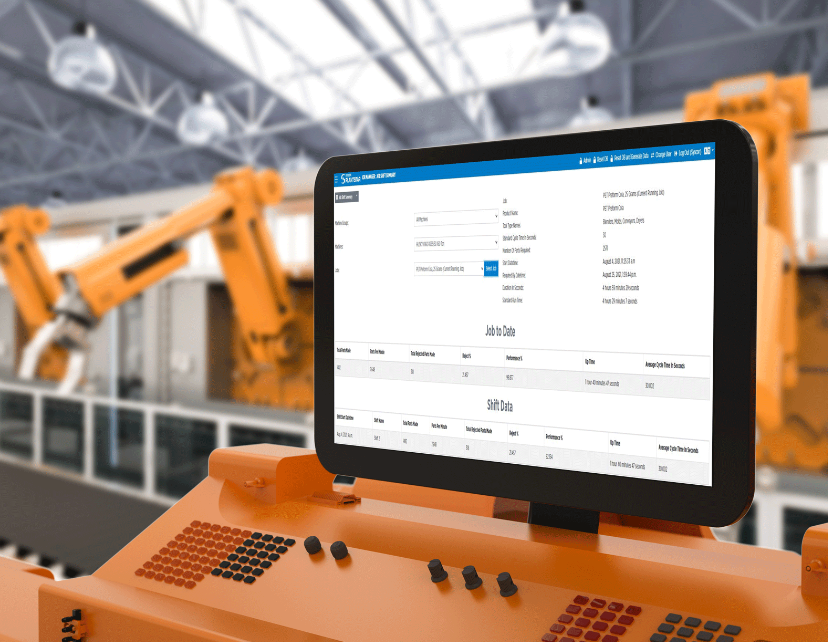
Technology continues to evolve at a rapid pace, providing manufacturers with new ways to improve operations, serve customers, reduce expenses, and create new products. As a result, manufacturing execution systems (MES) are being extended to new areas, such as personnel management, and receiving additional capabilities like links to back-office systems. Today, we’ll discuss some of the changes manufacturers can expect to see in the New Year.
Technology Investments Rise
There is no doubt that digital transformation offers manufacturers a growing number of ways to enhance their operations. Industry 4.0 solutions like the cloud, the internet of things, mobile technologies, and artificial intelligence (AI) enable them to automate traditional manual functions, reduce supply chain times, increase machine efficiency, comply with industry and government regulations, reduce costs, and widen their product mix. As a result, they are investing more money in these products: the smart manufacturing market is expected to grow from 97.6 billion in 2022 to $228.3 billion by 2027, a compound annual growth rate (CAGR) of 18.5%.
MES Systems Become Central Clearing Points
As manufacturing systems become more intelligent, producers gain access to more performance information. To use this data effectively, however, businesses need to house it in a central location. MES software has become that data hub. These systems track and document business processes and the transformation of raw materials into finished goods. A MES captures data from equipment, people, and processes, enabling companies to easily measure their execution times and work quality.
AI and Robotics Take on More Functions
Manufacturers have been at the forefront of using robotics, artificial intelligence, and machine learning to improve their operations. These solutions have been gaining more processing power and features, which expands their use cases. Consequently, the global industrial robot market is projected to rise from $16.78 billion in 2022 to $35.68 billion by 2029, a CAGR of 11.4%. Manufacturers are buying these systems and feeding their performance data into MES software. Goods producers use them to automate repetitive manual functions. By the end of 2023, an estimated 63% of enterprises plan to deploy AI to take on repetitive, low-level tasks.
Automation Helps Address Worker Shortages
Even before the pandemic, manufacturing companies had been experiencing personnel challenges. Nearly a quarter its workforce is 55 or older, many are retiring, and employers often struggle to recruit younger workers. To help overcome this challenge, manufacturers are embracing automation. When manual input is replaced with paperless workflow, efficiency rises and errors become rare. Manufacturers can produce more with fewer employees and keep their products flowing despite labor shortages.
Predictive Maintenance & Resolution Boost Efficiency
Recently, predictive maintenance has been gaining traction. An MES uses the IoT and AI to give manufacturers real-time visibility into equipment status, wear, and tear. This allows manufacturers to perform maintenance on an as-needed basis rather than at regular intervals, reducing expenses and personnel needs while maximizing equipment lifespan.
In 2023, expect a move from predictive maintenance to predictive resolution. The predictive resolution gives technicians the insights they need to resolve problems. AI technology provides greater certainty about what is going wrong and how to fix it, enabling manufacturers to increase equipment efficiency, reduce costs, and improve their first-time fix rate.
The Back Office Connects to the Factory Floor
Legacy systems often store information in departmental systems, preventing clear end-to-end visibility. Increasingly, suppliers are trying to link back-office systems such as enterprise resource planning to the manufacturing floor. Many enterprises are upgrading legacy back-office systems to modern cloud-based systems. Next, connections need to be made from these solutions to popular manufacturing systems. The changes enable producers to replace the manually intensive coding that legacy systems required with the convenience of container-based software, allowing them to more easily customize applications, consolidate information, gain a more complete view of the operation, and more quickly address problems and opportunities.
Technology continues to evolve at a rapid rate. Empowering employees with easy access to real-time information helps them streamline operations. MES systems are at the heart of this digital transformation. In 2023, you can expect them to embrace AI and robotics more fully, automate more business processes, and tie back-office systems more closely to the manufacturing floor.




